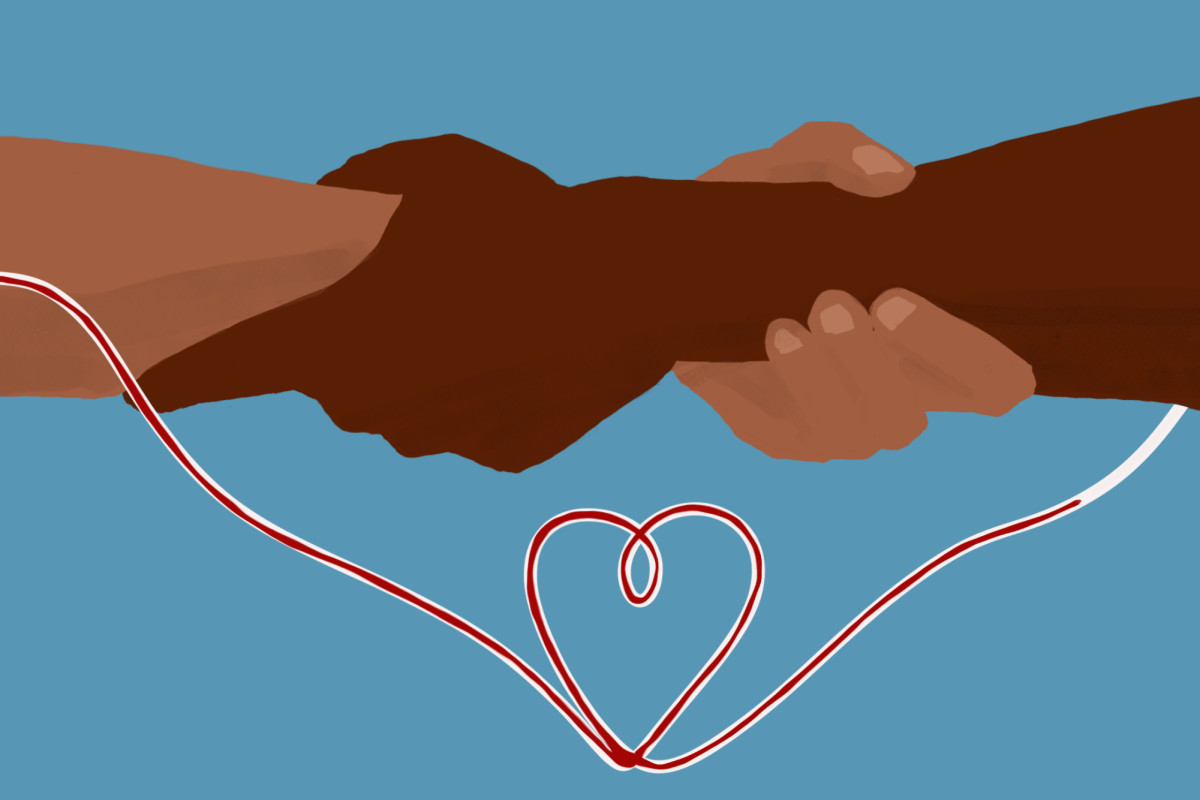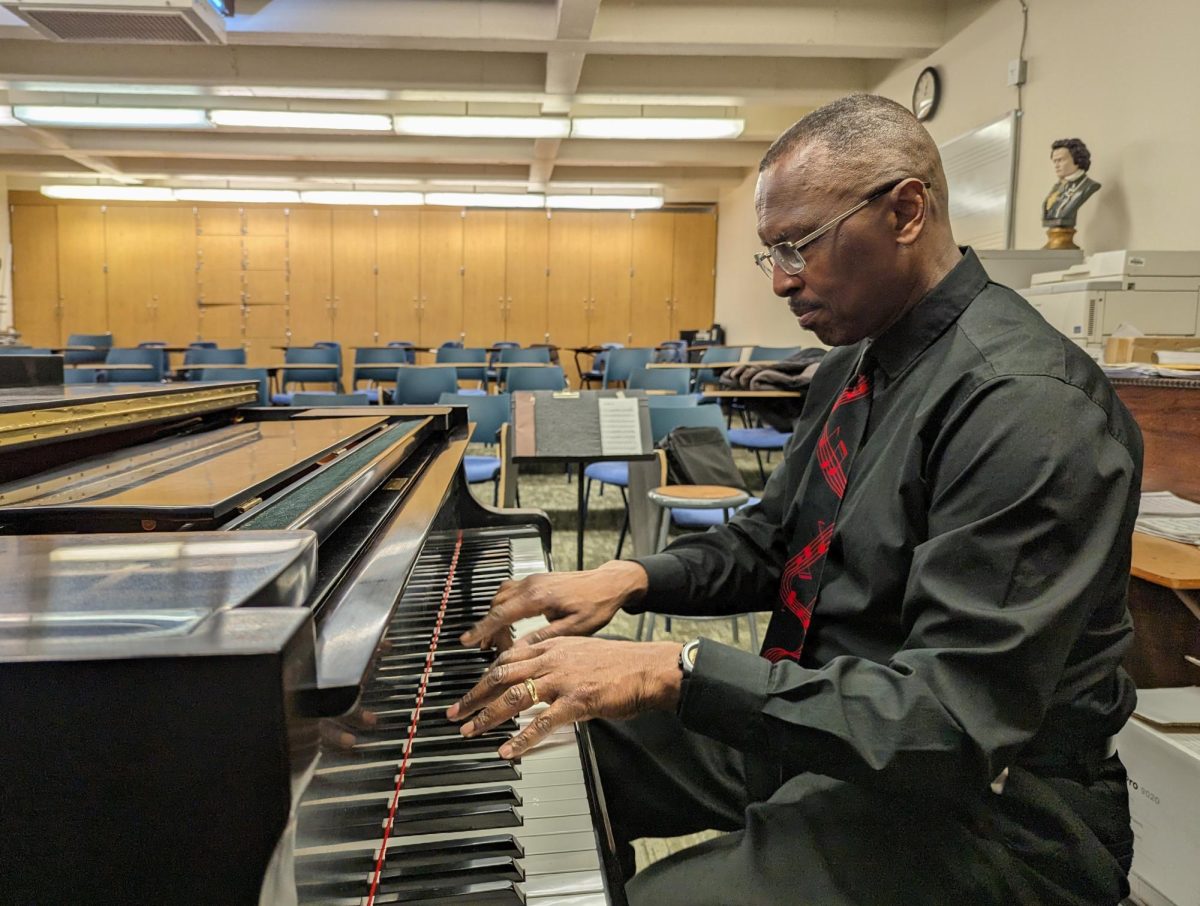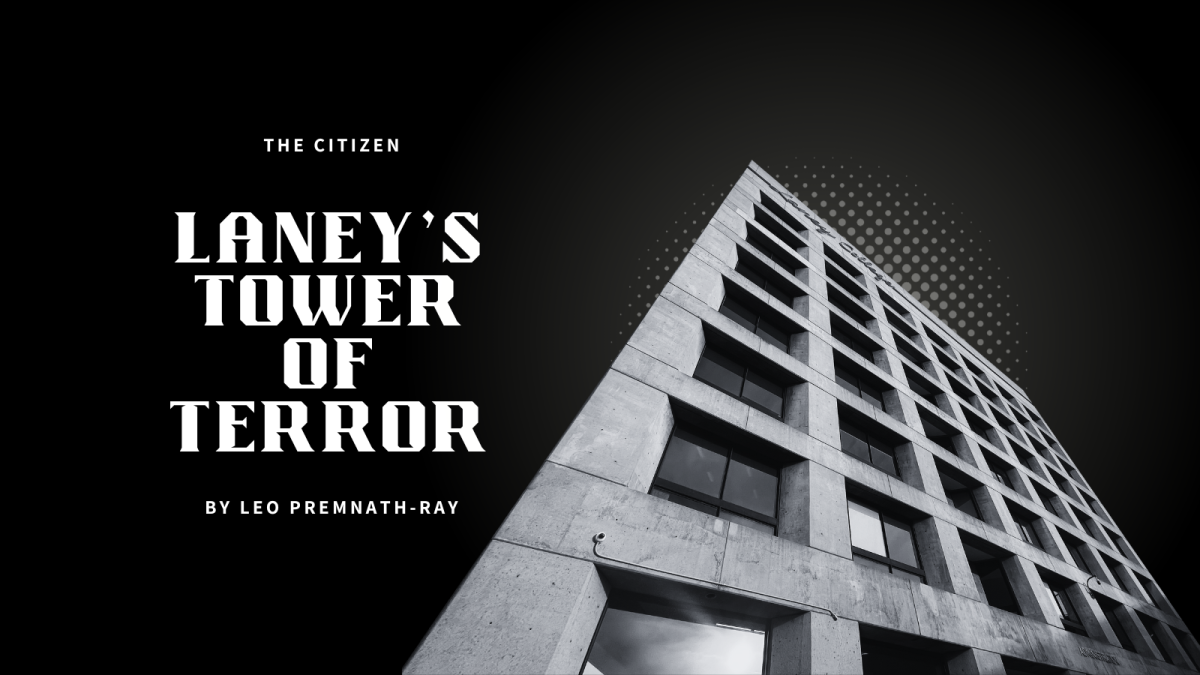
Modern life degrades balance, but only if you let it
PART 4 of 4
by Thayer Robins
Once upon a time, humans lived on uneven surfaces. They spent their days moving barefoot across these surfaces, sometimes running at top speed, other times carrying heavy loads—often needing to dodge obstacles, scamper across rocks, or climb trees. Darkness demanded additional skills. But even daylight had its own challenges, revealing ever-changing surroundings, filled with irregular shapes moving in unpredictable ways.
To navigate this environment, humans developed a sophisticated balance system. This system was capable of feats few other living creatures could match. But it had one unavoidable requirement: to develop and maintain its potential, the human balance system needed to be used—a lot.
Many of us today spend our lives on smooth, level, obstacle-free surfaces. To go up and down, we use elevators and escalators. To carry heavy loads, we use carriers with wheels. We prioritize safety and ease.
Eventually, our ever-efficient brain decides we don’t need the ability to handle challenging balance situations and stops using resources to support those neural networks.
Then one day, our balance is unexpectedly challenged. Our brain signals to networks that once handled such situations, but no response comes. Before we know it, we’re sprawled on the ground wondering what happened.
The answer is simple. We ignored the cardinal rule of brain and body health: use it or lose it. Today, we know we need to exercise our bodies to keep them fit. This is just as true for our brains and balance systems.
Lack of challenge not only causes decay, it masks it. Many folks don’t realize their how weak their balance has become until they fall.
I believe that everyone who gets around on two legs should test their balance regularly. It’s easy to do. First, grab hold of something stable that you can lean on safely. Lift one foot behind you, then lift your hands.
Stay within easy reach of your support and count how long you can stay balanced. Then test the other foot. “Normal” depends on age, but for an adult in mid-life, 20 seconds each is a bare minimum. For more robust balance, two minutes should be your goal.
The above procedure can be used not only to test balance but to strengthen it. Other fun activities that train balance include racquet sports, tai chi, and walking in nature, preferably on uneven ground or barefoot on smooth cobblestones.
Whatever you choose to exercise your balance, it must be gradual and safe. Balance training needs to be so, in order to be effective. Your brain can’t learn properly when the challenge is too great or you’re distracted by fear.
For those serious about strengthening their balance system, I recommend Jim Klopman’s book, Balance is Power. Those ready to start training on their own should first review the following guidelines (adapted from Klopman’s book):
1. Train barefoot if possible. If you must wear some foot covering, make sure it’s no-slip and minimalist (with thin, flat soles).
2. Clear the area. Make sure that nothing is nearby that you could trip over or that could hurt you if you fell. This is especially important if you are exercising in a gym well-stocked with heavy training equipment.
3. Have a wall or stable piece of furniture nearby that you can grasp easily when needed. If that’s not a good option, then have one or more people close enough to spot you.
4. Increase your skill level gradually. When you skip a level, you are denying your brain and body the benefits of mastering that level.
5. Respect your own sense of fear and discomfort. Your brain will try to stop you from doing something you’re not ready to handle. Instead of pushing through fear, dial down the challenge until it feels fun (rather than scary).
6. Don’t train in environments where sudden noise or movement could intrude and distract you. Make sure no young children or pets could get too close and pose a danger.
7. No music. This can distract your brain.
Thayer Robins is a staff writer at the Laney Tower.




























